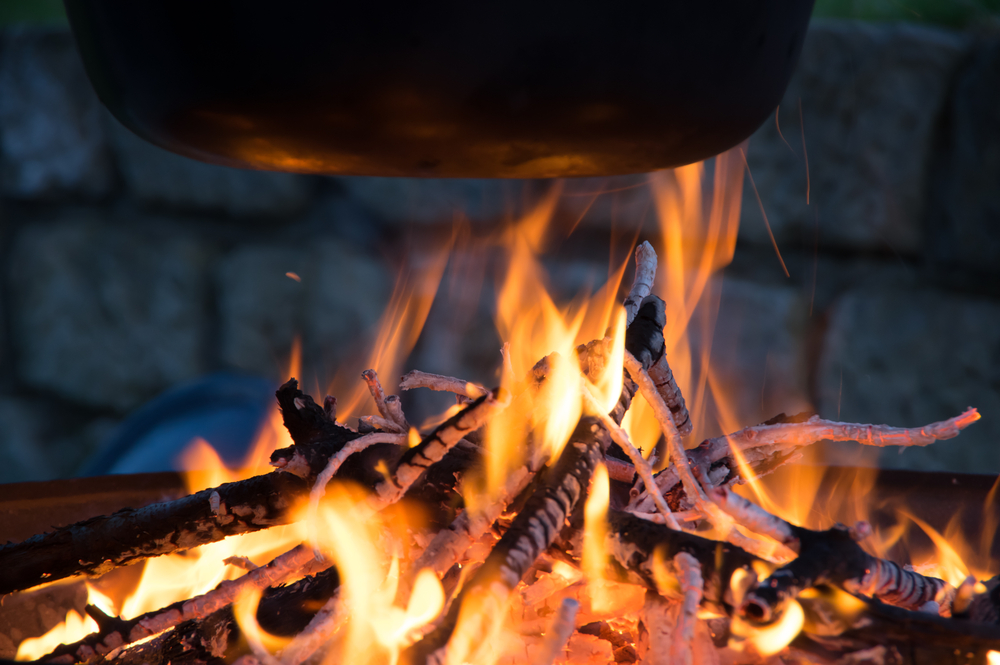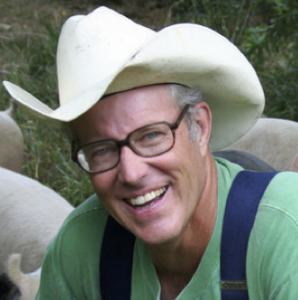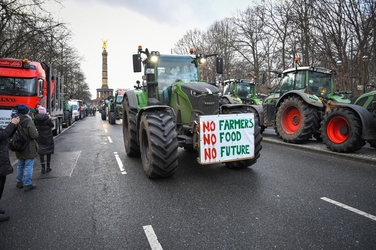High Tech Doesn’t Mean Highly Skilled
Joel Salatin|September 14, 2020

As artificial intelligence and technology continue pouring into our daily lives, I wonder what it’s doing to our psyche.
Several conversations with new homesteaders and home-schoolers have me thinking about the ramifications of technology.
After a recent “Lunatic Tour” at Polyface, I had a long conversation on the porch of the sales building with folks concerned about a seemingly growing aversion to trying something new.
Whether it’s an alternative COVID-19 treatment or a line of thinking that runs counter to current orthodoxy, the “sheeple” concept seems stronger than ever in our country.
Too Scared to Learn
I encounter the issue routinely with would-be and novice homesteaders. Many want me to dot all the i’s and cross all the t’s before they embark on their first venture, whether it’s a garden or a backyard chicken. The “what ifs” come in a torrent of timidity and trepidation.
As a farmer who sells food directly to customers, I see culinary fear daily.
Every day our farm tries to sell eggs to folks who have never fried one, or ground beef to people who have no clue how to make a hamburger patty.
I’m not making this up.
It’s one thing to be ignorant, but quite another to be too petrified to try to learn.
And that is the point of this essay.
This got me to thinking about kitchen knowledge, the human psyche and connectedness to our visceral nest.
Compare the level of nuance required to cook breakfast on a wood cookstove with that of a modern electric range.
The electric range gives instant response from a dial clearly marked with temperature gradations. You look at the recipe… it calls for a 350-degree setting… you turn the dial… and violà, you have instant, perfect results.
Very little thought there. And we universally assume this is good for the human condition.
Now consider preparing breakfast on a wood cookstove. It won’t be ready to use for nearly an hour after starting a fire.
But the fire is no brainless task. You have to open the fire chamber and put in some paper. But you can’t just put in any paper. Oh no – it must be highly combustible and wadded up tight enough to burn for a little while, but not so tight that it’s an unburnable ball. Then you need kindling. You can’t start a fire with a 2-inch-thick piece of wood. So you have to get just the right-sized kindling and stack it on the correctly balled up paper in a way that it doesn’t suffocate the fledgling fire.
In fact, you must put it in so that as the paper burns down, the kindling will continue to have enough air spaces around it to burn. If it all collapses in a tight heap, it’ll choke out the oxygen and snuff out the fire. Careful criss-cross patterns ensure success, but the oxygen spaces can’t be too wide or the embers won’t be close enough to catalyze heat among themselves.
Okay, we get our fire going in the kindling. Now we need to think about the next step. Do we want a long, slow fire or a fast, hot one?
Different kinds of woods burn differently. Little sticks with a lot of cambium burn quick and hot, but not for very long.
If we want a long-lived fire, we use heartwood (no cambium) and hardwood, like oak or hickory.
If we want quick heat, we use poplar sticks or even sticks of slabwood from a sawmill. That’s the favorite for quick, hot cookstove fires.
Let’s assume we have our fire going and the cast iron is beginning to respond. When is it hot enough to fry an egg or bake a loaf of bread in the oven?
Ah, that requires touch. With skill, we learn the nuances of heat.
My father-in-law always checked the scald water at the Thanksgiving hog-killin’ with the three-second test. If he could stick his finger in for three seconds but no more, it was right. If he couldn’t keep it in for three seconds, he’d add a bit of cold water. If he could keep it in for more than three seconds, he’d wait a bit and stoke up the wooden fire under the scald vat.
Similarly, people with wood cookstove mastery learn about the feel of heat. How close can you put your hand to the burner? What does an oven feel like when you put your hand in it?
Mastery of Risk
These nuances are all part of mastery, which creates a sense of accomplishment, of affirmation, of awareness.
Everything I’ve described here in the nontechnology culinary art is subjective skill.
It’s learned over time, and I would suggest these nuances actually encourage a sense of intrepidity and risk-taking.
When I think of what a 15-year-old a century ago would have mastered compared with today’s counterpart, it makes me shudder.
Yesteryear’s teen would have known how to milk a cow, handle a cow with gentleness, handle an ax, split wood, care for chickens, plant seeds, prune grapes, and catch or shoot vermin.
A comprehensive list would be long indeed.
Compare that with someone who knows how to throw a ball and play video games.
In our pell-mell run toward technology, I fear that we’ve lost something critical to the human spirit: a self-actualization that makes us willing to embark on new adventures and tackle new frontiers – a confidence in our own observations and mastery that enables us to question orthodoxy and hike the road less traveled.
A high-tech world struggles to preserve nuance. It thrives on cookie-cutter recipes and standard operating procedure.
Perhaps this is why in this pandemic shake-up we’re seeing a new interest in nature’s resilience and nostalgic mastery.
Preserving practical intrepidity in an artificially intelligent world may be difficult.
But a place to start is to plant a garden or get some chickens.
We could use more of those nuances in our lives.
What other crucial skills have been lost to technology? Send your thoughts to mailbag@manwardpress.com.

Joel Salatin
Joel Salatin calls himself a Christian libertarian environmentalist capitalist lunatic farmer. Others who like him call him the most famous farmer in the world, the high priest of the pasture, and the most eclectic thinker from Virginia since Thomas Jefferson. Those who don’t like him call him a bioterrorist, Typhoid Mary, a charlatan, and a starvation advocate. With a room full of debate trophies from high school and college days, 12 published books, and a thriving multigenerational family farm, he draws on a lifetime of food, farming and fantasy to entertain and inspire audiences around the world.





